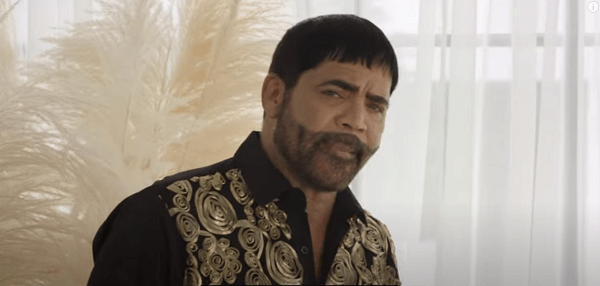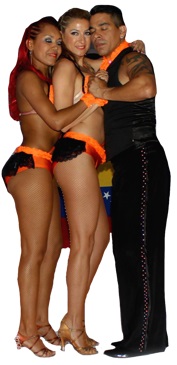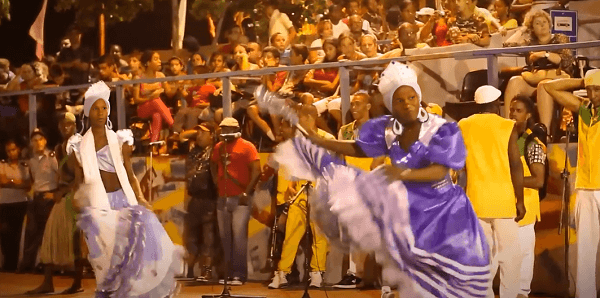The Salsa Museum always seeks to give exposure to the best of our Latin music and on that occasion, we want to talk about one of the most popular representatives of romantic salsa in recent years. We are talking about the amazingly talented Willie Gonzalez, who has recently been on the Johnny Cruz Show, so we think it is pertinent to do a review of his career and the most important details of his brilliant artistic background.

Willie’s beginnings in music
Willie’s formal beginnings in music were when he was just a 15-year-old boy with the dream of becoming an acclaimed artist in the future. It was the Orquesta de Chamaco Rivera that gave him his first opportunity in the musical environment by playing the trombone, but this would not be the artistic area in which he would develop later on. What ended up catching his attention were singing and songwriting.
During the 1980s, he was part of some important groups such as Orquesta Saraguey and Conjunto Chaney, in which Willie and Eddie Santiago were the main voices and began to gain great notoriety among the public.
In 1988, he decided it was time for him to become a soloist in the company of the Orquesta Noche Sensual and the support of the Sanatone record label. Romantic salsa was in style at the time, so Willie followed that same line and named his first album ”Willie González, Original y Único”. Thanks to this material, the artist managed to sell more than 100,000 copies, receive Platinum and won other recognitions.
In the coming years, he continued to release albums that was reaching greater success such as ”Willie González, Sin Comparación”, ”Para Ustedes, El Público” and ”Justo A Tiempo”. All of these have left great hits that are still considered romantic salsa classics to this day.

1990s and 2000s
In 1994, the company Musical Productions published two compilation albums with Willie’s greatest hits which he called ”Éxitos de Willie González, Volumen 1” and ”Éxitos de Willie González, Volumen II”. The following year the singer demonstrated his talent as a composer with his album ”Willie González, Hacia Un Nuevo Camino” with songs like ”Quiero Recuperarte” or ”Dame Una Oportunidad”.
Once the year 2000 arrived, he continued adding successes to his career with his next album ”Sensualmente A Mi Estilo” from the hand of a Venezuelan company called Trama Records and includes great songs like ”Sensualmente Loco”, ”Tatuaje Eterno”, ”Amor Audaz”, among others.
About six years later, he released ”Reencuentro”. This musical work receives this name from a reunion between Willie and Eddie Santiago, who was his partner in the group Chaney many years ago. Together they recorded the songs ”Por Esta Mujer” and ”Solamente Ella”.
Years later, Willie recorded live from Colombia, testing his skills as a producer along with talented Diego Galé. He also wrote some of the songs ”Juré” and ”Estoy Contigo”.
In 2017, he continued to work in Colombia and released ”Willie González en vivo desde Manizales”. Such musical work contains songs like ”Pequeñas Cosas”, ”Quiero Morir En Tu Piel” and ”Si Tú Fueras mía”.
In 2020, Willie released his album ”Esencia” and continued with the line of sensuality and romance with which he has become known over the past few years. In the case of ”Esencia”, he counted on the collaboration of talented composers such as Jorge Luis Piloto, Kiko Campos, Jandy Feliz, among others.

Support to the Salsa Museum
The Spanish Harlem Salsa Museum has been fortunate to be supported by Willie, who was kindly committed to donate some of his most precious objects to the institution so that salsa fans can appreciate them.
In a video uploaded to the social networks of Johnny Cruz, president of the institution, they both talk about the role the museum has played in salsa and Willie said he was happy and proud to be able to support a place where there is a lot of history and items from such great Latin artists.
Read also: Ralph Rivera’s rol in the promotion of Latin Culture











